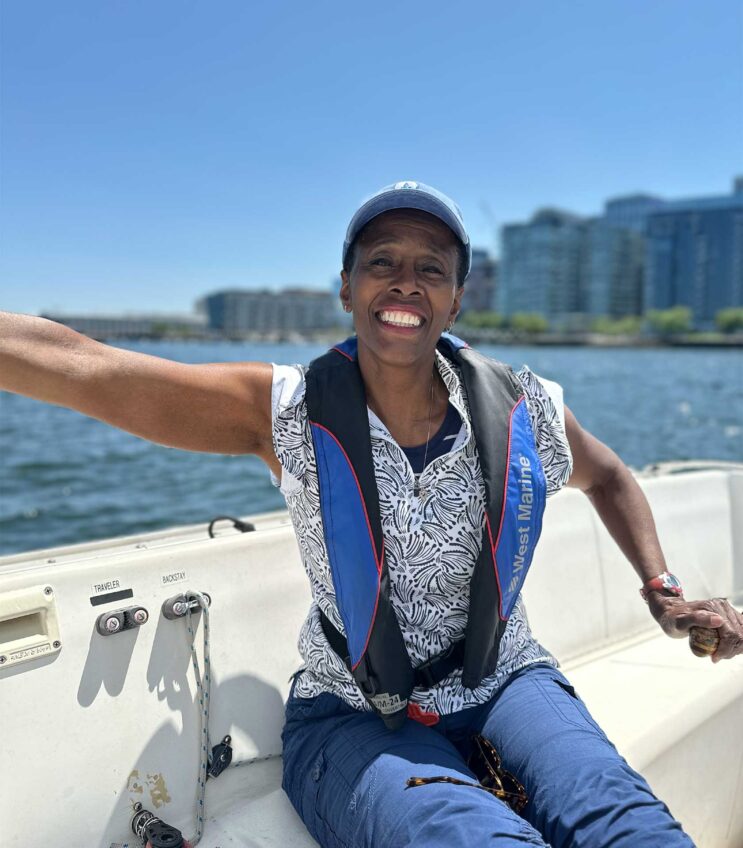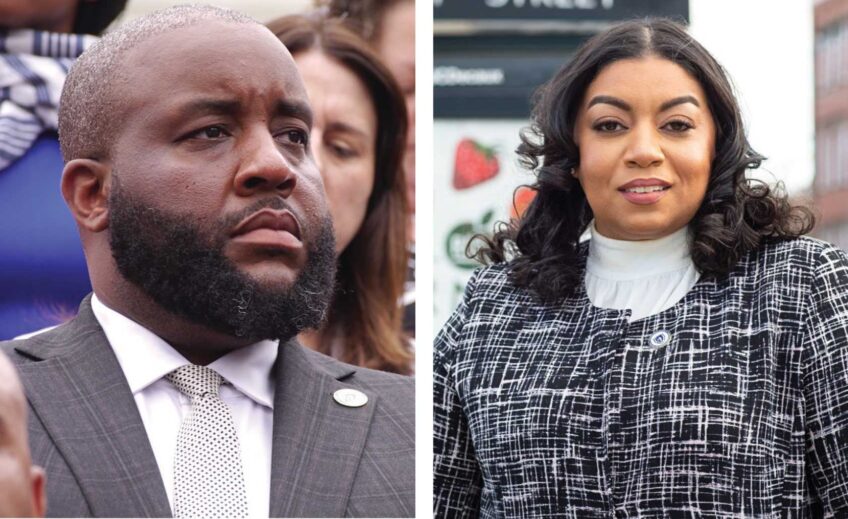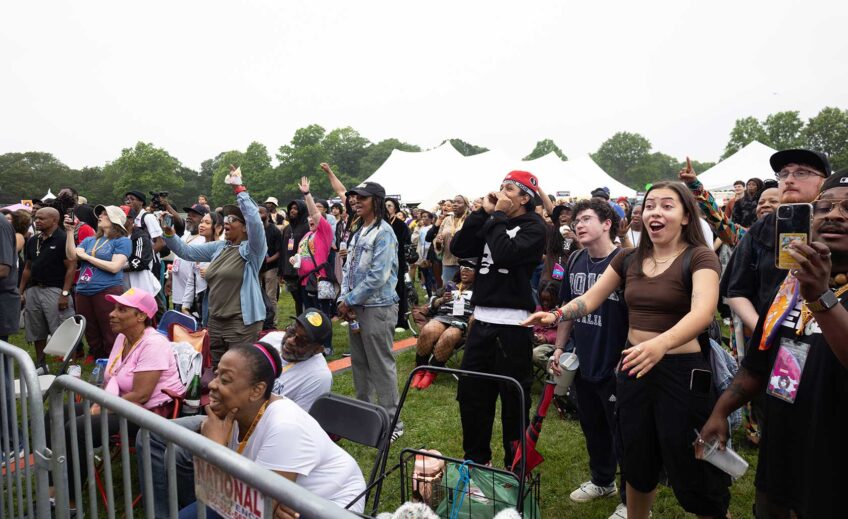For much of this and last year, Boston Public Schools officials have been busy planning for the future. The BuildBPS facilities master planning process launched in September 2015. This October, BPS and city officials aired ideas on substantial operational changes that might cut school costs. Superintendent Tommy Chang’s new grade configuration proposal originally was scheduled for the Boston School Committee vote in mid-December.
Data emerging on the future makeup of BPS students may help guide the discussions.
On the web
BuildBPS report: http://bostonpublicschools.org/cms/lib07/MA01906464/Centricity/Domain/162/BuildBPS Demographics Report to SC 11-02-16v6 Suggested Re-Order and Edits.pdf
BPHC report: http://www.bphc.org/healthdata/Documents/HBC_Final_103113_ForWeb.pdf
BPDA report: https://drive.google.com/drive/folders/0Bx4Y03kjbkjMV3NuYVZUeDZyTmc
School age children are becoming a smaller percentage of Boston’s population, with the city’s overall population increase driven largely by an influx of adults. Despite this, enrollment is expected to slightly increase at BPS, according to a November BuildBPS report.
BPS’s student body increasingly is black and Latino, and several neighborhoods are home to the majority of the city’s children. Those young Bostonians who do not choose BPS increasingly attend charter schools and are less likely to attend private or parochial schools than were Boston’s non-BPS children in the early 2000s.
City of adults
While Boston’s population is booming overall, the bulk of that growth is not in the number of school age-children, according to a BuildBPS report released in November. Between 2000 and 2010, the percentage of Bostonians who are children under age 18 dropped by 11 percent, according to a 2013 Boston Public Health Commission report.
Between school year 2006-2007 and SY 2015-2016, BPS enrollment declined by approximately 1,000 pupils, or about 2 percent, the BuildBPS report states. However, report authors also anticipate enrollment climbing again, to hit about 56,618 in SY 2025-2026. This would mean an increase of about 5 percent over SY2016-2017’s student count of 54,103.
The current dip in BPS attendance also has not been even: between SY 2006-2007 and SY 2015-2016, many lower grades and one high school grade included more students: The number of children in K2 and grades 1, 2, 3, 4 and 12 increased over this time period, BuildBPS states. The report also notes that the district schools tend to see an enrollment decline in middle school, with some children returning for high school.
What schools do Boston kids attend?
According to annual data provided to the state Department of Elementary and Secondary Education, most Boston children attend public schools. That share rose slightly over the past few years.
Between school year 2010-201l (the date when the DESE database started including charter enrollment) and SY2015-2016, the share of Boston children attending a public school climbed slightly, from 86.5 percent to nearly 88 percent.
Enrollment at charter schools rose from about 6 percent to about 12 percent during this time. Enrollment at non-charter public schools dropped from 80 percent to 76 percent.
Those attending in- or out-of-state private and parochial schools comprised nearly 14 percent of Boston children in SY2010-2011 and about 12 percent in SY2015-2016. Home-schooled student numbers remained below one percentile.
Where do the children live?
According to the November BuildBPS report, 17.5 percent of pupils at in-district schools came from Roxbury, 15.6 percent from South Dorchester and 11.5 percent from East Boston. The fewest came from Back Bay, whose children accounted for less than half a percent.
Peggy Weisenberg, member of Quality Education for Every Student, told the Banner there is a mismatch between locations of school seats and high concentrations of children, with many children busing from Roxbury, Dorchester, Mattapan and East Boston into Allston and Brighton’s schools. This information could affect decisions on school consolidations and expansions, as well as transportation.
As BPS considers how to align facility and room space with student counts, Weisenberg advised against filling classes to the maximum possible level — something that the now largely-discredited McKinsey report had suggested. Along with keeping teacher-child ratios manageable, Weisenberg said it is important to maintain the ability to add a few students to a class mid-year, should a child transfer into BPS or present the need to switch into special education instruction.
Who are Boston’s and BPS’ children?
According to a July 2015 Boston Planning and Development Authority report, Bostonians under 19 are predominately of color. Whites account for 30 percent of this age group, while blacks account for 29 percent, Hispanics for 27 percent and Asians for 8 percent.
Children of color make up the majority of BPS enrollment and are set to continue this trend.
BPS enrollment data shows an increase in Latinos among the student body between SY 2001-2002 and SY 2016-2017, and blacks remaining a strong, but smaller, presence. In September 2001, 48 percent of BPS pupils were black, 28 percent Hispanic, 15 percent white and 9 percent Asian. Over a decade later, data published in December 2016 lists BPS’s student body as 35 percent black, 42 percent Hispanic, 14 percent white and 9 percent Asian.
Who are the city’s non-BPS children?
In 2001, children living in Boston but not attending BPS were predominately white and likely enrolled in private or parochial schools. The racial composition of non-BPS children was 47 percent white, 41 percent black, 9 percent Hispanic and 3 percent Asian. Most of these children — 70 percent — attended private or parochial schools, while 15 percent were in METCO and 12 percent in charter schools.
By contrast, 15 years later, Boston children not attending BPS were more likely to be black than white and were more likely to attend charter schools than in the past. The non-BPS Boston pupils were 45 percent black, 18 percent Hispanic, 30 percent white and 4 percent Asian. Of these children, 40 percent attended private or parochial schools, 12 percent were in METCO and 45 percent were in charter schools.
How will they be served?
While Boston’s potential tax base grows with its population, this does not necessary translate to significantly more money tapped for schools. In part this is because the school funding formula set by the state relies on pupil counts, which are not expanding at the same rate. Additionally, the BuildBPS report notes that charter schools are drawing an increasing share of potential students, reducing the per-pupil provisions.
Weisenberg says that despite the cap, charters are likely to expand. As BPS personnel costs rise, so do school costs for what may be comparable levels of staffing. A district is allowed to direct 18 percent of net school spending to charter schools, and so this rise in BPS spending may produce an increase in charter seats, Weisenberg said.
As charters expand, more pupils in turn may be diverted from BPS, continuing what many see as a competition for students and funding.






